


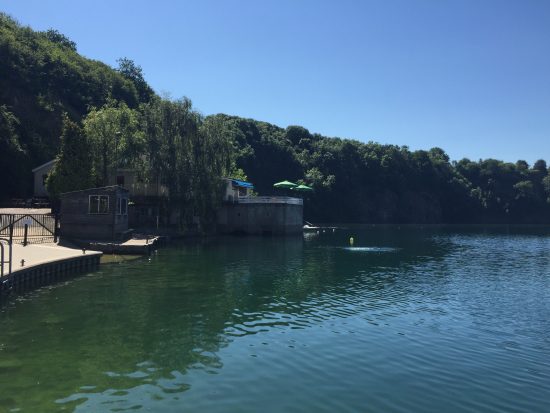
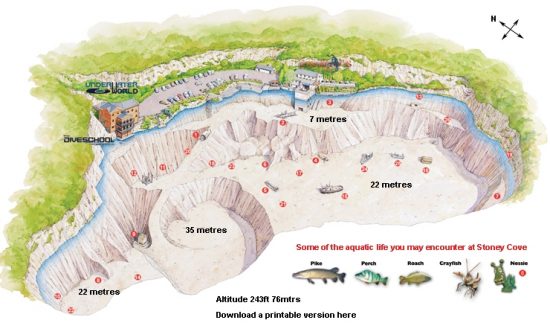
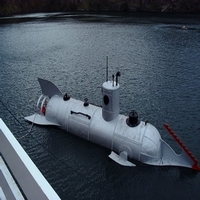
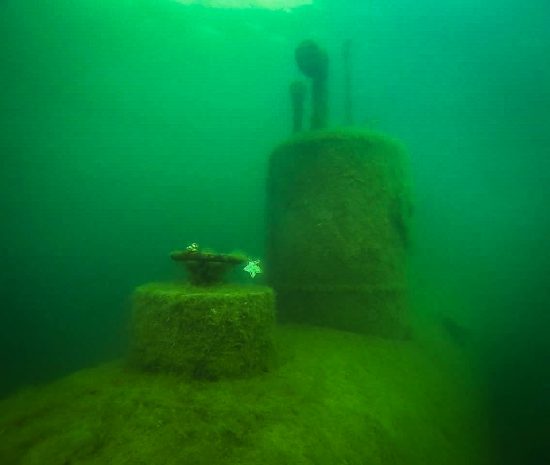
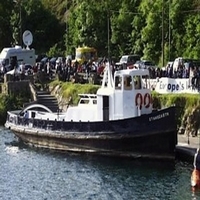
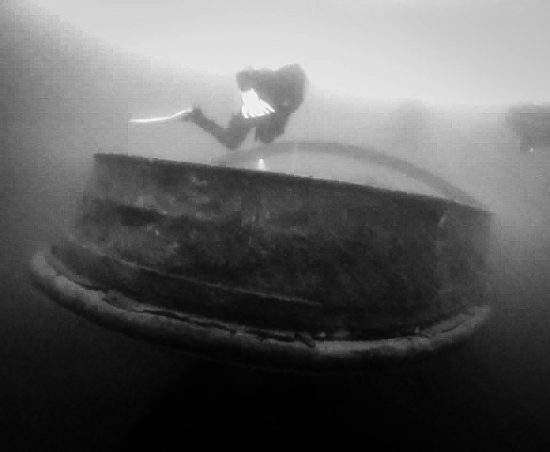
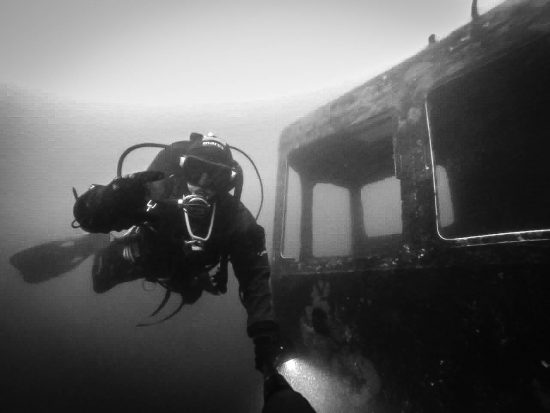
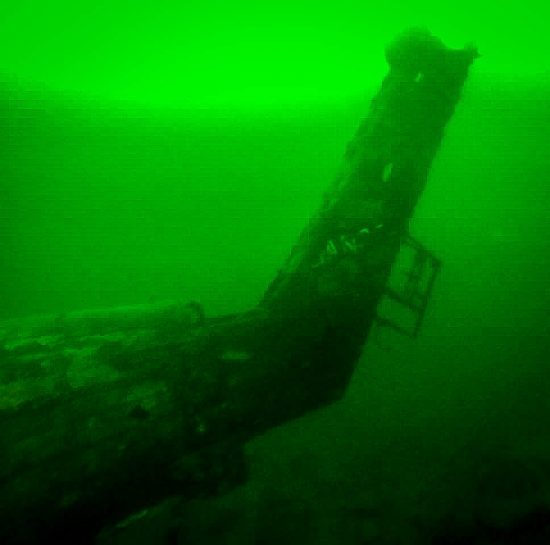
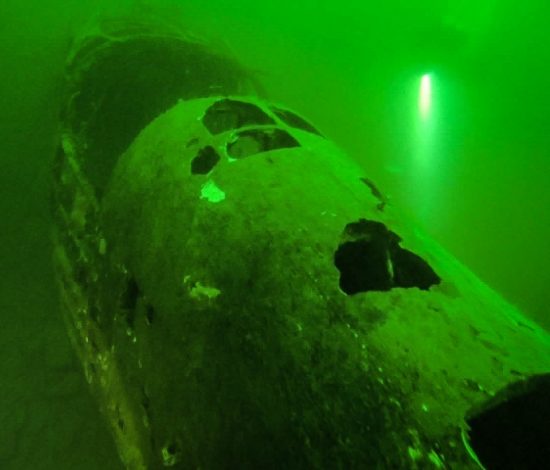
The fact that the United Kingdom is an island, should
mean that costal diving locations are plentiful and varied enough to keep the
budding scuba diving community happy. However, due to increased fuel costs,
boat charter fees, accommodation fees and the formidable risk of the weather
turning for the worse and dives being canceled, a great proportion of divers
opt to head towards the inland diving locations for a more “guaranteed’ scuba
experience. Typically these inland locations are either in the form of a lake,
loch, or flooded quarry.
One of the busiest flooded quarries in UK is situated
in the county of Leicestershire, central England. The village of Stoney Stanton lies some 10km
south of Leicester not far from J20 of the M1 and J2 of the
M69. The area stands on an
outcrop of granite, and has been the source of various forms of stone
extraction since the Roman period. The quarry now known as Stoney Cove is one
of three that lies within the village. All are now defunct as sources of
quarried stone, and the other two have been infilled. Stoney Cove (or Lanes
Hill Quarry to give it its original title) fell into disuse in the mid-1950s
due to the economic situation, made worse by the influx of surface water.
However, the rapid flooding of the quarry, coinciding with the development of
sport diving in the UK, rapidly led to the adoption of the site by the diving
community, first on an ‘ad hoc’ basis, then on a more formalised approach
through a series of diver-oriented commercial organisations.
The discovery of North Sea oil was important to the
development of Stoney Cove. During the 1960s and 1970s, the flooded quarry was
used to train commercial divers en route to the North Sea. The facility was
also used for developing and testing underwater equipment destined for use in
the oil fields.
Dive Site: Nautilus
Depth: 4 to 6 metres
History & Description: The Nautilus, or “Nemo” as it is sometimes called is
a small, intact, 2 man submarine and looks just like something which would have
been used by Captain Nemo himself (albeit on a much larger scale). Its serrated
nose looks like a giant upturned saw and the conning tower, tightly shut, rises
to within just a few meters of the surface. In reality it is a piece of modern
art. This can be an ideal spot for some interesting photographs and marine life
can be quite good, with roach frequenting the area. However the shallows and
proximity to the entry / exit points make this an area of high diver traffic,
so visibility is often reduced unless you are early in the water or diving here
during the week.
Dive Site: Stanegarth
Depth: 16 to 22 metres
History & Description: Built in 1910 by Lytham Ship Builders Company for
Rea Transport Co Ltd of Liverpool, the Stanegarth was a steam powered tugboat
used on the British Waterways, predominantly on the Gloucester Canal. In 1957
she had an enclosed wheelhouse added and was converted to diesel power. 18.7
meters long, with a beam of 5 meters the Stanegarth is a relatively small
vessel. Originally thought to weigh 46 tons, she turned out to weigh over twice
that amount. Apparently the Stoney Cove team removed tons of debris including
the gearbox and engine and more steel ballast, yet still she weighed just over
80 tons. Brought to Stoney Cove quarry on the evening of June 6th 2000, (from
Sharpness where she was abandoned) the stopcocks were opened and she was
scuttled, taking almost 90 minutes to sink. Interestingly, the wheel house and
bulwarks were removed to reduce the overall height to permit the load to fit
under motorway bridges and allow transportation to Stoney Cove. These were
reattached upon arrival (after the vessel got stuck in the entrance) where the
boat was also repainted before its sinking. If you look at the wreck closely
you can still see the marks where the bow and wheelhouse were cut and
re-attached.
Dive Site: Wessex Helicopter
Depth: 18 to 21 metres
 Cat
Cat 27th July 2016
27th July 2016 Stoney Cove, Stoney Stanton, Blaby District, United Kingdom
Stoney Cove, Stoney Stanton, Blaby District, United Kingdom 